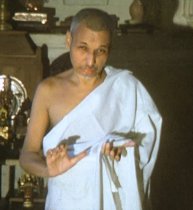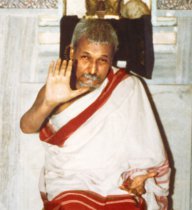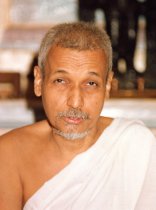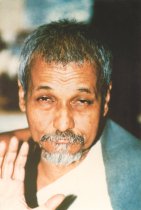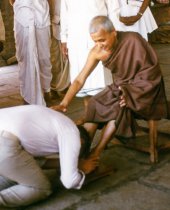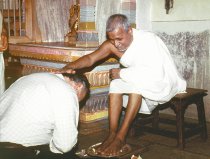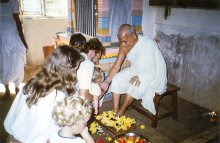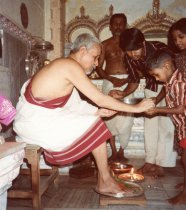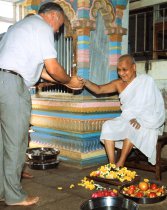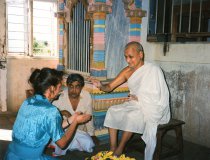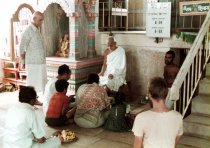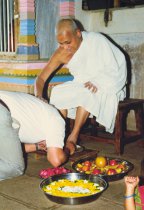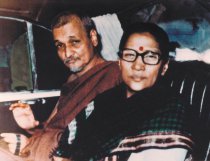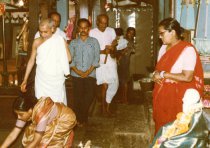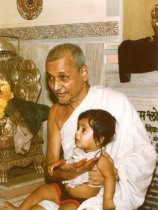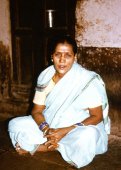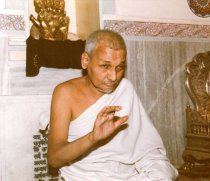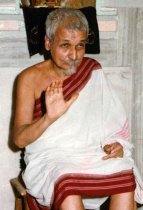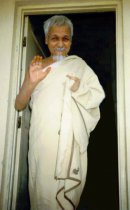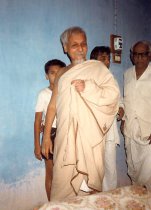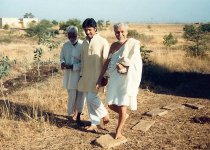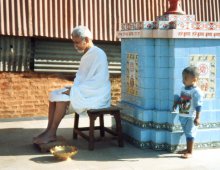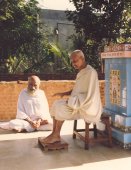Photographs
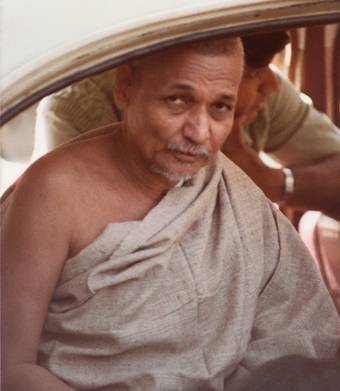
Shree: "We have not come to add one more photograph to the already overcrowded gallery or walls of your prayer house. What you snap is not our photograph. Our real photo is Our message. Try to see and follow it." 5, S. 192
With that statement, Shree clearly stated that we should not be too concerned with worshipping a picture. If we want to get closer to the highest goal, that will only be possible if we change our behavior and take God into our daily lives. A simple guide to this was given with the Fivefold Path.
Yet, from time to time, it helps us to look at the image of a saint or even an avatar. It can lift our minds, provide comfort and confidence in difficult times. We may also get a glimpse of what it is like when the highest divine light works through a human being.
We have selected some photos for you here. Thanks to all who have provided their photographs.
Shree in Samadhi
Shree spent much time in deepest meditation (samadhi). Normally, this state of godliness is only experienced during meditation. An avatar like Shree, however, was able to be in that state at every moment of His life--even during the normal daily routine. This became very apparent when He turned his gaze inwardly or upward with His eyes open.
Darshan - Veneration of Shree
Shree always respected the customs of His surroundings. In India it is customary to worship masters, to bow to them or to perform certain ceremonies before them. This may seem strange to people from the West at first. In the East it is known that with fully developed saints the subtle energy flow reverses, and the highest energy radiates from the feet. Therefore, they bow at their feet (darshan). The saint himself acts as the channel for the highest light. As a symbolic gift, Shree often received a flower or a sweet, like dates, sugar candy etc.
Shree and His family
Shree spent most of the day doing religious exercises or was available to visitors. Nevertheless, He also took time for His family. When He left Akkalkot or Shivapuri, He was almost always accompanied by His wife Vahini.
Shree on different occasions
Quite often, Shree's right hand was raised in a blessing gesture. Even in the state of Samadhi or while walking, He blessed His surroundings. Again and again you saw or heard Him laughing heartily. He frequently had a beaming smile which suggested a great inner joy.
We want to expand this photo gallery as soon as other photos become available or if we can locate the originators of existing pictures. Do you have photographs of Shree and would you like to provide them on these pages for the public? We look forward to hear from you:: This email address is being protected from spambots. You need JavaScript enabled to view it..
We apologize if we have accidentally violated a copyright. Please contact us if that is the case: This email address is being protected from spambots. You need JavaScript enabled to view it.




